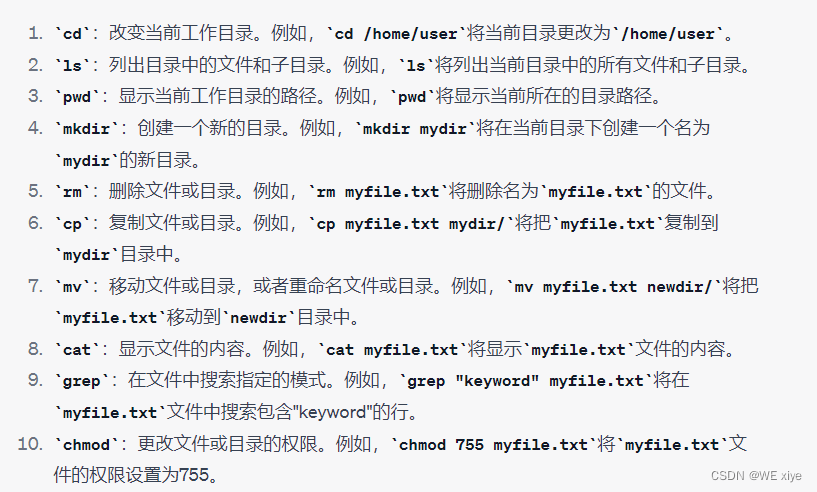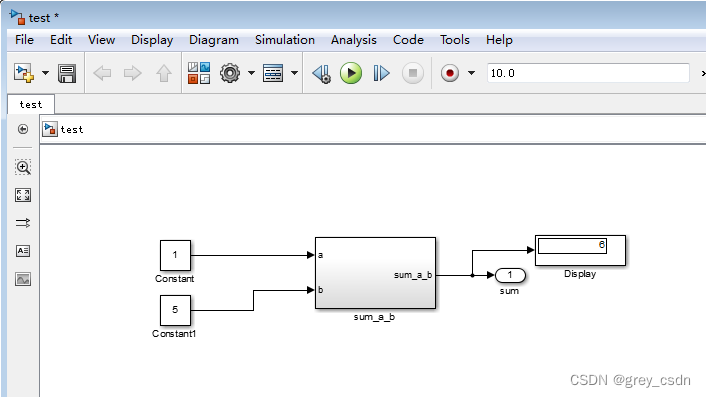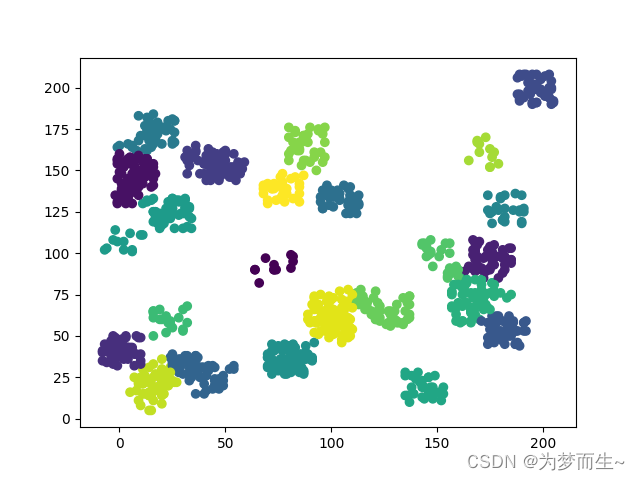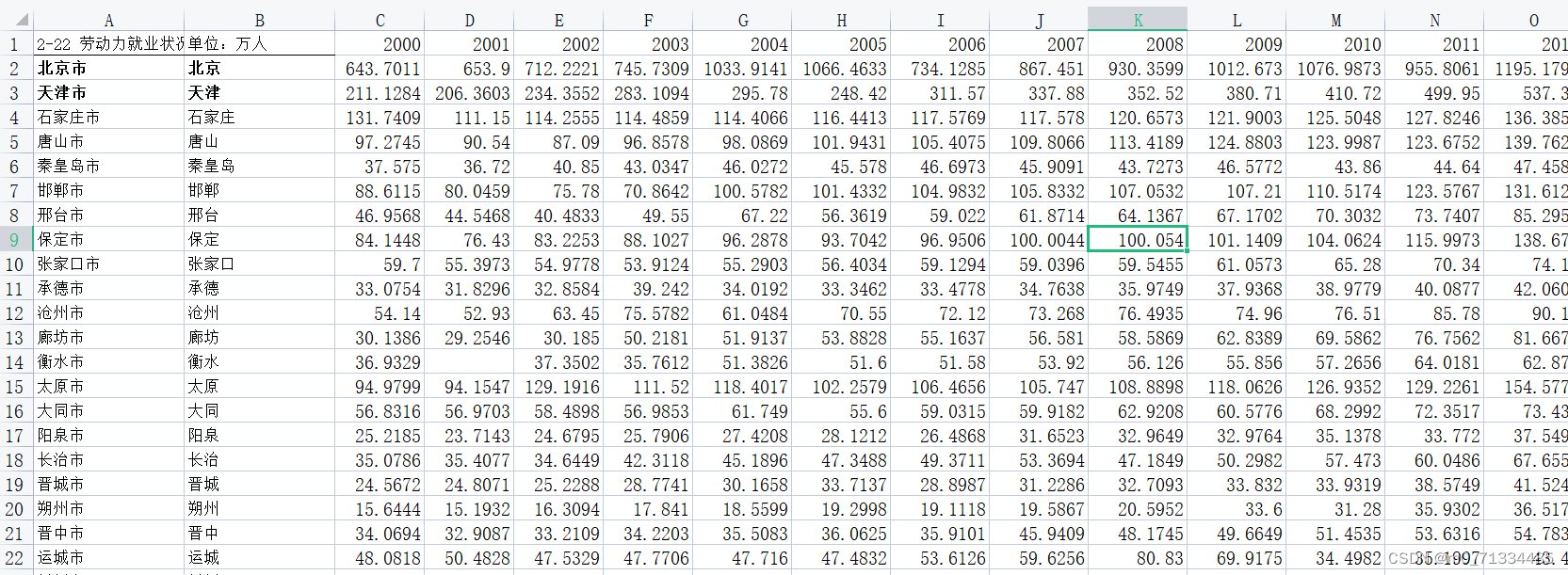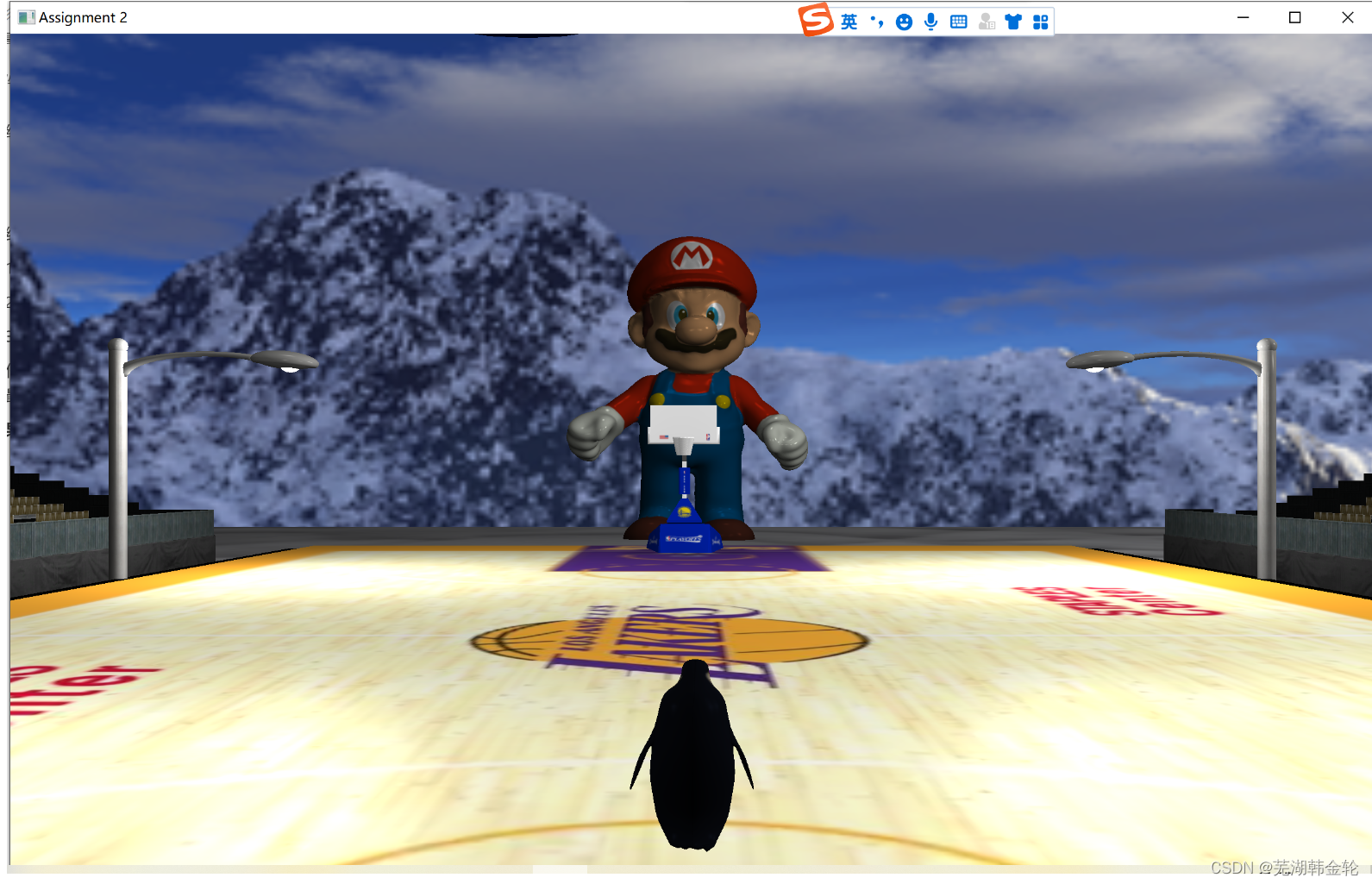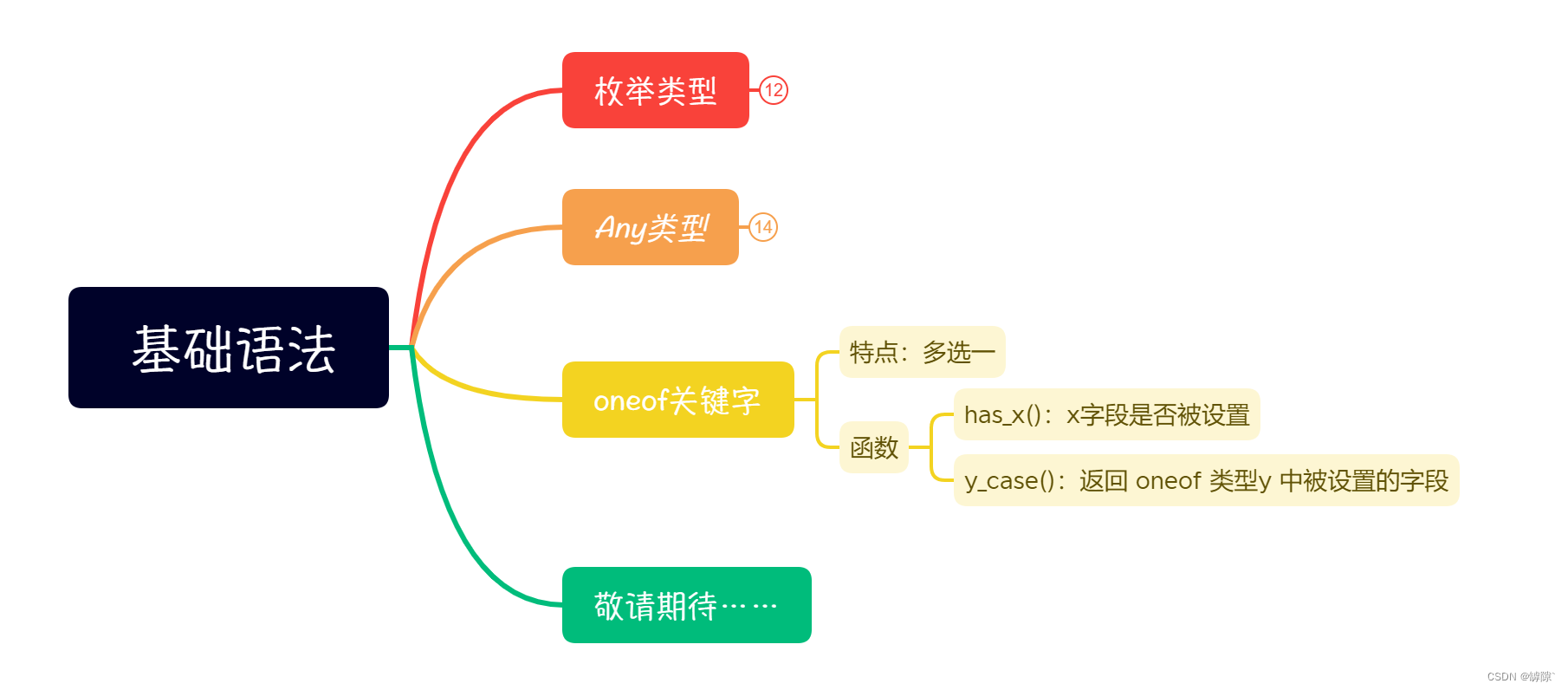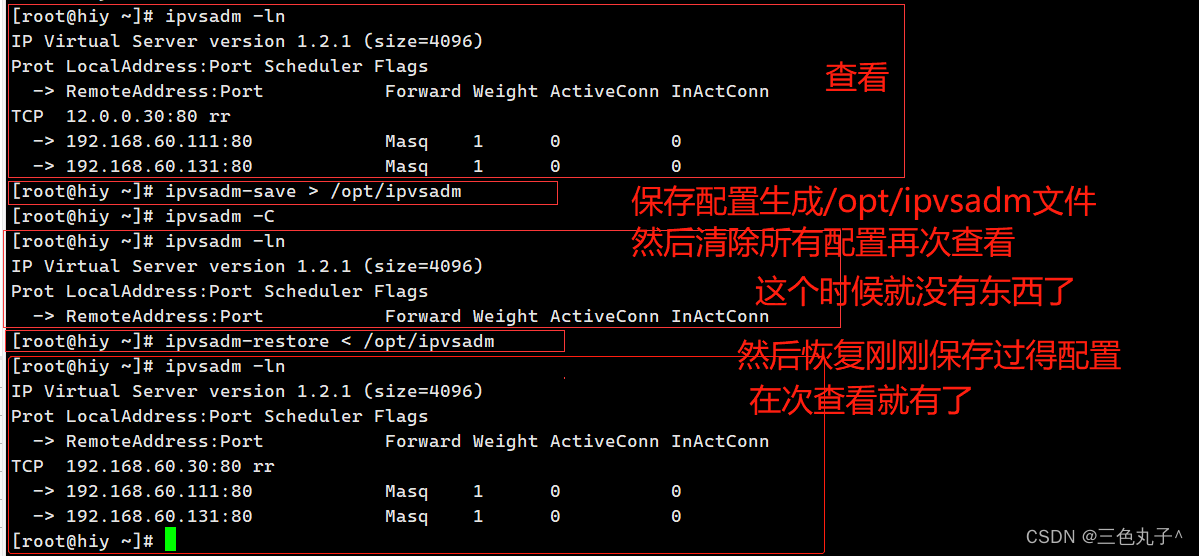目录
- 1.题目
- 2.思路
- 3.代码实现(Java)
1.题目
给定一个 m x n 二维字符网格 board 和一个单词(字符串)列表 words, 返回所有二维网格上的单词 。单词必须按照字母顺序,通过相邻的单元格内的字母构成,其中“相邻”单元格是那些水平相邻或垂直相邻的单元格。同一个单元格内的字母在一个单词中不允许被重复使用。
示例 1:
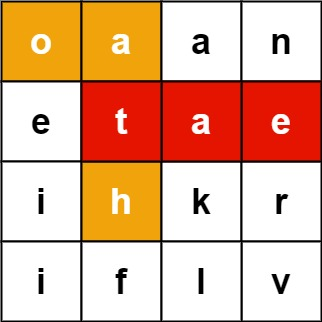
输入:board = [[“o”,“a”,“a”,“n”],[“e”,“t”,“a”,“e”],[“i”,“h”,“k”,“r”],[“i”,“f”,“l”,“v”]], words = [“oath”,“pea”,“eat”,“rain”]
输出:[“eat”,“oath”]
示例 2:
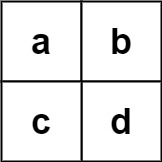
输入:board = [[“a”,“b”],[“c”,“d”]], words = [“abcb”]
输出:[]
提示:
m == board.length
n == board[i].length
1 <= m, n <= 12
board[i][j] 是一个小写英文字母
1 <= words.length <= 3 * 104
1 <= words[i].length <= 10
words[i] 由小写英文字母组成
words 中的所有字符串互不相同
来源:力扣(LeetCode)
链接:https://leetcode.cn/problems/word-search-ii
2.思路
(1)回溯
本题可以在79.单词搜索这题的之上,对 words 中的所有 word 进行判断即可,最终结果保存到 res 中。但是该方法的时间复杂度较高,因此在 LeetCode 中提交时会显示“超出时间限制”的提示!
(2)回溯 & 字典树
思路参考本题官方题解。
相关题目:
LeetCode_回溯_中等_79.单词搜索
3.代码实现(Java)
//思路1————回溯
class Solution {
//定义上、下、左、右这 4 个方向
int[][] dirs = {{-1, 0}, {1, 0}, {0, -1}, {0, 1}};
public List<String> findWords(char[][] board, String[] words) {
List<String> res = new ArrayList<>();
for (String word : words) {
if (exist(board, word)) {
res.add(word);
}
}
return res;
}
public boolean exist(char[][] board, String word) {
int m = board.length;
int n = board[0].length;
/*
visited[i][j] == true 表示在每一轮搜索中,字符 board[i][j] 已经访问过了
此处的每一轮搜索指的是以二维字符网格 board 中的每一个字符作为起点开始搜索,当每访问一个字符 board[i][j],
就将 visited[i][j] 设置为 true,当该轮搜索结束后,再将 visited[i][j] 设置为 false
*/
boolean[][] visited = new boolean[m][n];
for (int i = 0; i < m; i++) {
for (int j = 0; j < n; j++) {
//遍历二维字符网格 board,每遇到一个字符 board[i][j],就以它为起点开始搜索 word
if (judge(i, j, word, 0, board, visited)) {
return true;
}
}
}
return false;
}
/*
i、j: 表示当前正在访问的二维字符网格中字符的横坐标和纵坐标
k: 表示匹配 word 中字符的下标
*/
public boolean judge(int i, int j, String word, int k, char[][] board, boolean[][] visited) {
if (board[i][j] != word.charAt(k)) {
return false;
} else if (word.length() - 1 == k) {
// word 的每一个字符都已匹配成功,即 word 存在于网格中,返回 true
return true;
}
//字符 board[i][j] 在此轮搜索中已经被访问过
visited[i][j] = true;
boolean flag = false;
//分别向 4 个方向开始搜索
for (int[] dir : dirs) {
int newi = i + dir[0];
int newj = j + dir[1];
if (newi >= 0 && newj >= 0 && newi < board.length && newj < board[0].length) {
if (!visited[newi][newj] && judge(newi, newj, word, k + 1, board, visited)) {
flag = true;
break;
}
}
}
//本轮搜索结束
visited[i][j] = false;
return flag;
}
}
//思路2————回溯 & 字典树
import java.util.*;
class Solution {
//定义上、下、左、右这 4 个方向
int[][] dirs = {{-1, 0}, {1, 0}, {0, -1}, {0, 1}};
int m, n;
public List<String> findWords(char[][] board, String[] words) {
m = board.length;
n = board[0].length;
Trie trie = new Trie();
for (String word : words) {
trie.insert(word);
}
Set<String> res = new HashSet<>();
//遍历整个 board
for (int i = 0; i < m; ++i) {
for (int j = 0; j < n; ++j) {
dfs(board, trie, i, j, res);
}
}
return new ArrayList<>(res);
}
public void dfs(char[][] board, Trie curTrie, int i, int j, Set<String> res) {
if (!curTrie.children.containsKey(board[i][j])) {
return;
}
char c = board[i][j];
curTrie = curTrie.children.get(c);
if (!"".equals(curTrie.word)) {
res.add(curTrie.word);
}
board[i][j] = '#';
for (int[] dir : dirs) {
int nextI = i + dir[0];
int nextJ = j + dir[1];
//判断边界条件
if (nextI >= 0 && nextI < m && nextJ >= 0 && nextJ < n) {
dfs(board, curTrie, nextI, nextJ, res);
}
}
board[i][j] = c;
}
}
class Trie {
String word;
Map<Character, Trie> children;
public Trie() {
this.word = "";
this.children = new HashMap<>();
}
public void insert(String word) {
Trie cur = this;
for (int i = 0; i < word.length(); ++i) {
char c = word.charAt(i);
if (!cur.children.containsKey(c)) {
cur.children.put(c, new Trie());
}
cur = cur.children.get(c);
}
cur.word = word;
}
}



